Comments received by the Forest Service show a powerful public consensus in direct opposition to the proposal to roll back conservation measures in the Tongass
It just makes sense to most Americans that we should have a say in the management of the public lands that all of us own. And, in fact, that’s how things are supposed to work. Meetings in local communities, opportunities for individuals to comment, and pragmatic collaboration involving various stakeholders are critical to the planning processes that guide agencies like the U.S. Forest Service.
That’s why hunters and anglers should be seriously concerned by the administration’s proposed elimination of the Roadless Rule in Alaska.
Why Does the Tongass Matter?
At nearly 17 million acres—approximately the size of West Virginia—the Tongass National Forest in Alaska is the largest national forest in the U.S. and the world’s largest remaining temperate rainforest. Vast swaths of undeveloped forests— some older than 500 years—are at the heart of a decades-old debate about how best to manage this unique forest that is home to approximately 70,000 Alaskans living in 32 mostly rural communities.
More than half of the Tongass – 9.2 million acres – is managed under the direction of the 2001 Roadless Rule. This management plan works to safeguard vital habitat for important fish and wildlife species, including Sitka black-tailed deer, black and brown bear, moose, and even Roosevelt elk. Outstanding opportunities for hunting draw visitors from around the world and fuel Southeast Alaska’s vibrant tourism industry.
The Tongass also features some of the nation’s most productive salmon watersheds, earning the distinction of “America’s salmon forest.” Salmon are a way of life and critical food source for rural Southeast Alaskans, who eat an average of 75 pounds of salmon per person each year. Healthy salmon habitat fuels the region’s economy and supplies a global food chain. More Southeast Alaskans are employed in commercial fishing than any other private sector.
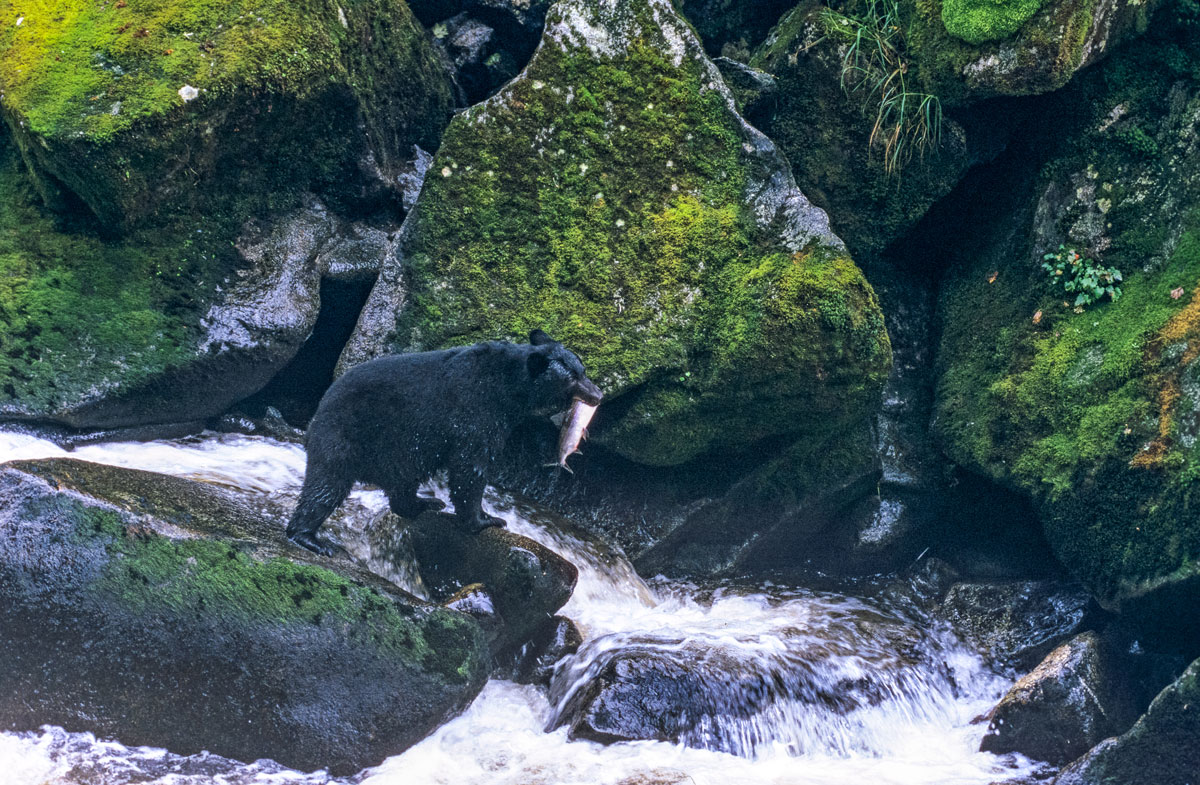
How Does the Roadless Rule Work for Alaska?
By safeguarding undeveloped landscapes and watersheds in the Tongass, the Roadless Rule supports industries that depend on intact forests and high-quality habitat, such as hunting, fishing, and other forms of outdoor recreation, tourism, and commercial fishing. The rule also has built in flexibility and allows for community development projects when they serve the public interest. Since the Roadless Rule was implemented, all 57 requests for new projects in roadless areas of the Tongass—spanning mining, renewable energy development, and community access—have been granted by the Forest Service.
Why Is the Forest Service Proposing to Lift the Roadless Rule in Alaska?
In January 2018, the State of Alaska petitioned the U.S. Department of Agriculture to allow for the development of a state-specific roadless rule. Many hunting and fishing groups and businesses were willing to consider a compromise option, facilitated by a Citizen’s Advisory Committee, that balanced the need to conserve critical fish and wildlife habitat while allowing some new commercial logging in other areas of the forest.
The opportunity for a compromise solution was all but eliminated last summer when the White House intervened after an off-the-record meeting between President Trump and Governor Dunleavy. Following that meeting, the Department of Agriculture and the Forest Service were directed to propose the most extreme option: a full exemption of the Roadless Rule in Alaska.
The agency’s proposal, as written, would open 9.2 million acres of public land—more than half of the forest—to industrial development, including 165,000 acres of irreplaceable old-growth forests.
Because of these extreme actions, those who support conservation and wildlife habitat are left with only one option: oppose the Forest Service’s recommendation to lift the Roadless Rule in Alaska.
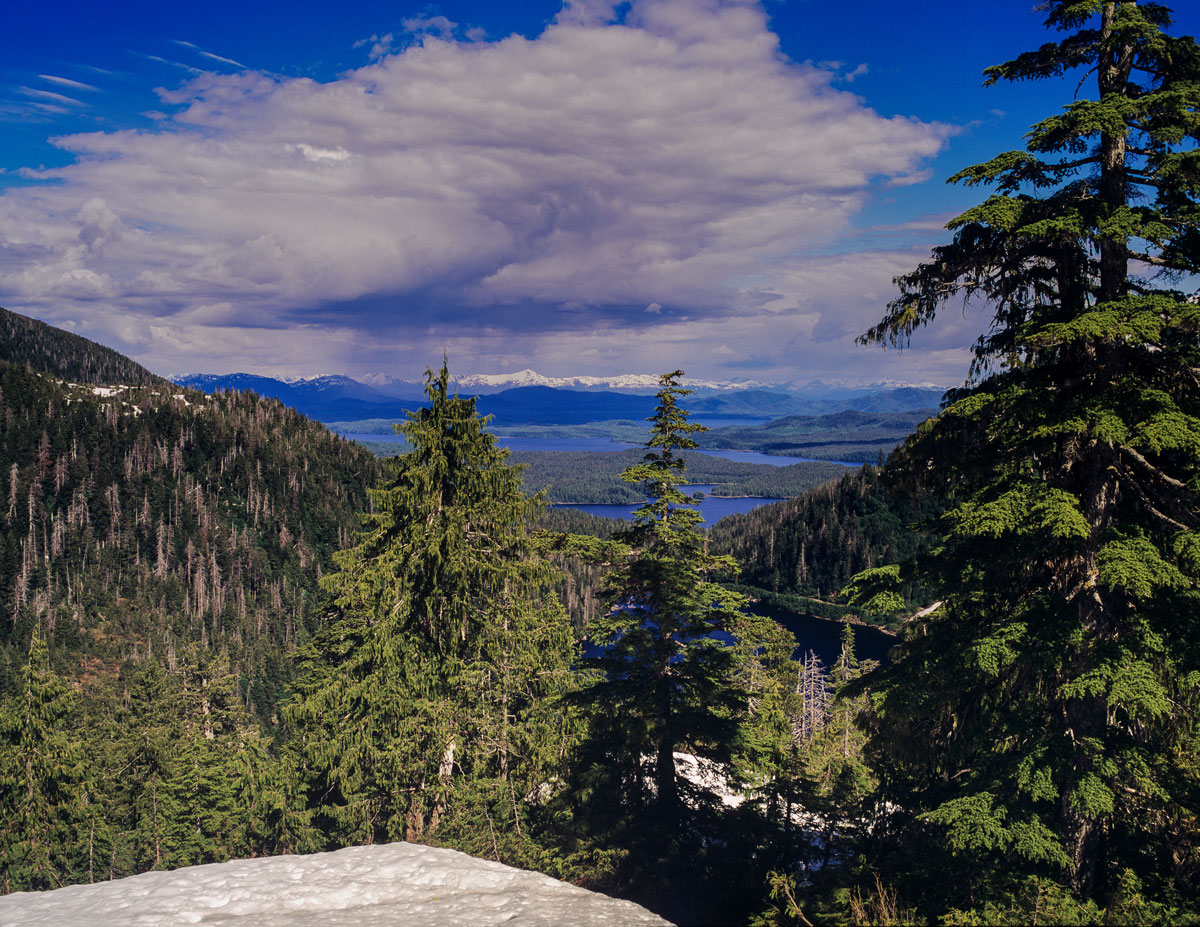
What Does the Public Have to Say About This Issue?
According to data recently released by the Forest Service, 96 percent of “unique letters” commenting on the draft Tongass proposal support keeping the Roadless Rule in place. Fewer than 1 percent of the 250,000+ comments support the full exemption favored by the administration. Likewise, the Forest Service’s analysis of testimony from 18 subsistence hearings in Southeast Alaska determined that a “vast majority” of local residents support keeping the Roadless Rule and protecting vast swaths of old-growth temperate rainforest from clear-cut logging.
Clearly, the plan to rollback conservation safeguards for millions of acres of some of the world’s most productive salmon and Sitka black-tailed deer habitat does not reflect the priorities and values of Alaskans and disregards feedback from nearly a quarter-million public land owners across the country who took time to participate in this process.
Unless the Forest Service rethinks its proposal for the Tongass, the result will be an unsustainable management framework likely to face legal and long-term political challenges. The uncertainty being created through this effort hurts all stakeholders: rural residents who practice a subsistence lifestyle, small businesses that earn a living from the land, land managers trying to balance the needs of all user groups, and hunters and anglers who dream of visiting Southeast Alaska.
What Happens Next?
The Forest Service is expected to issue a final decision on the proposed Roadless Rule exemption this summer. Interested in the Tongass National Forest and other Alaska issues affecting hunters and anglers?
Sign up with the TRCP here to receive updates on how you can get involved and make your voice heard.
Top photo: Joseph via Flickr

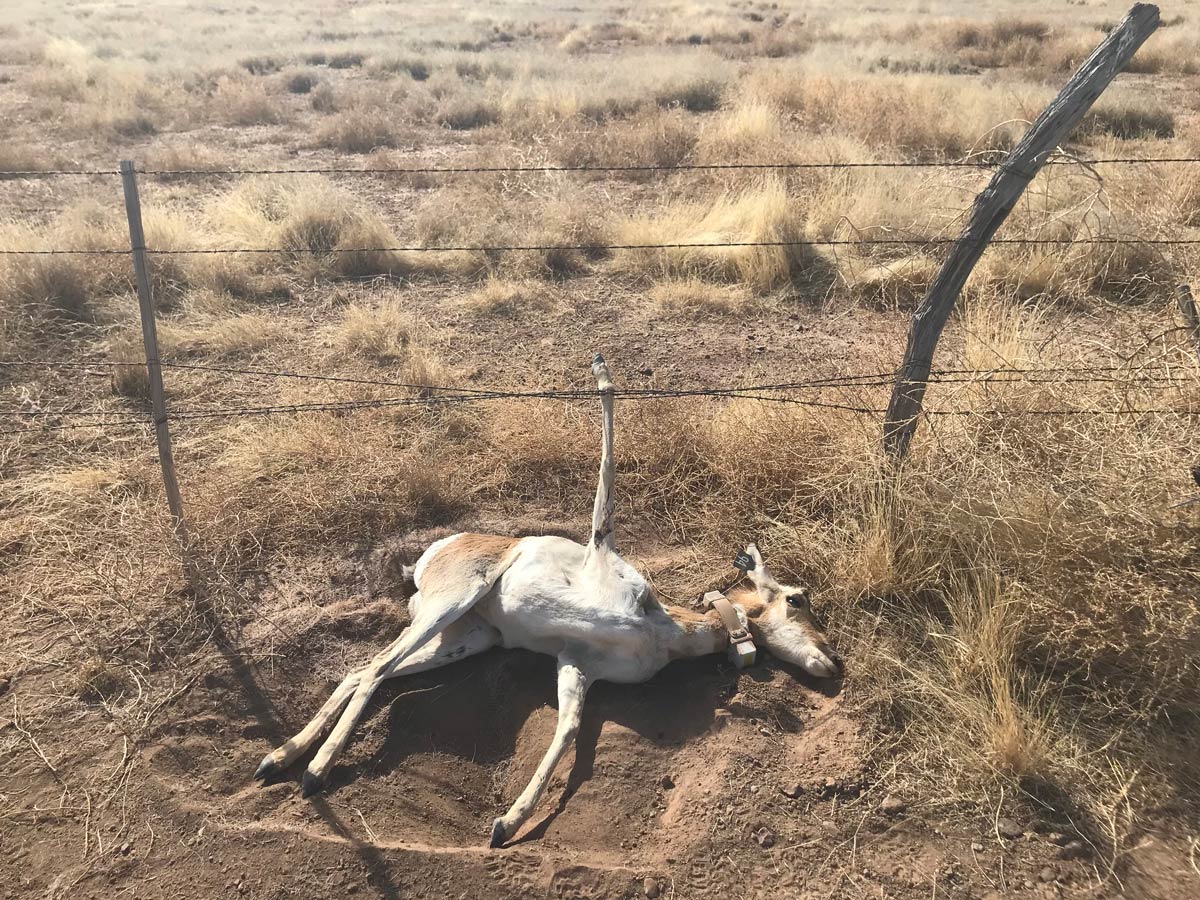
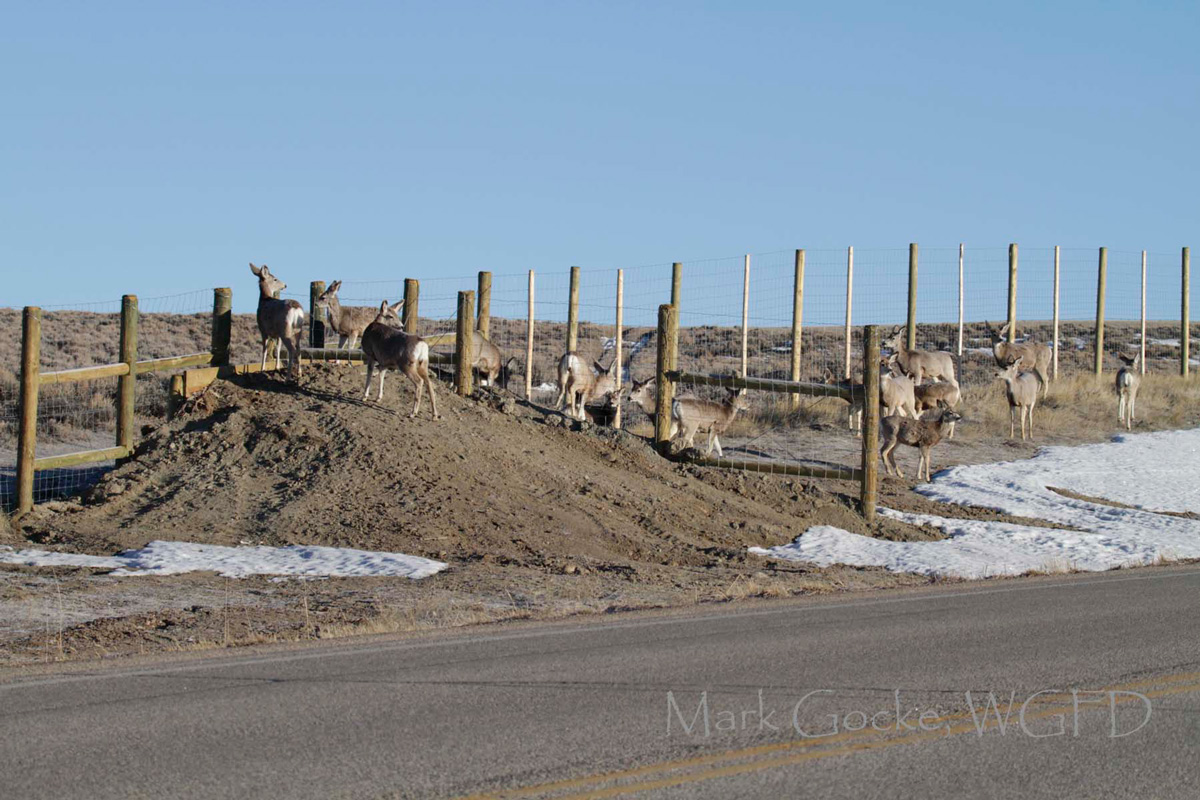
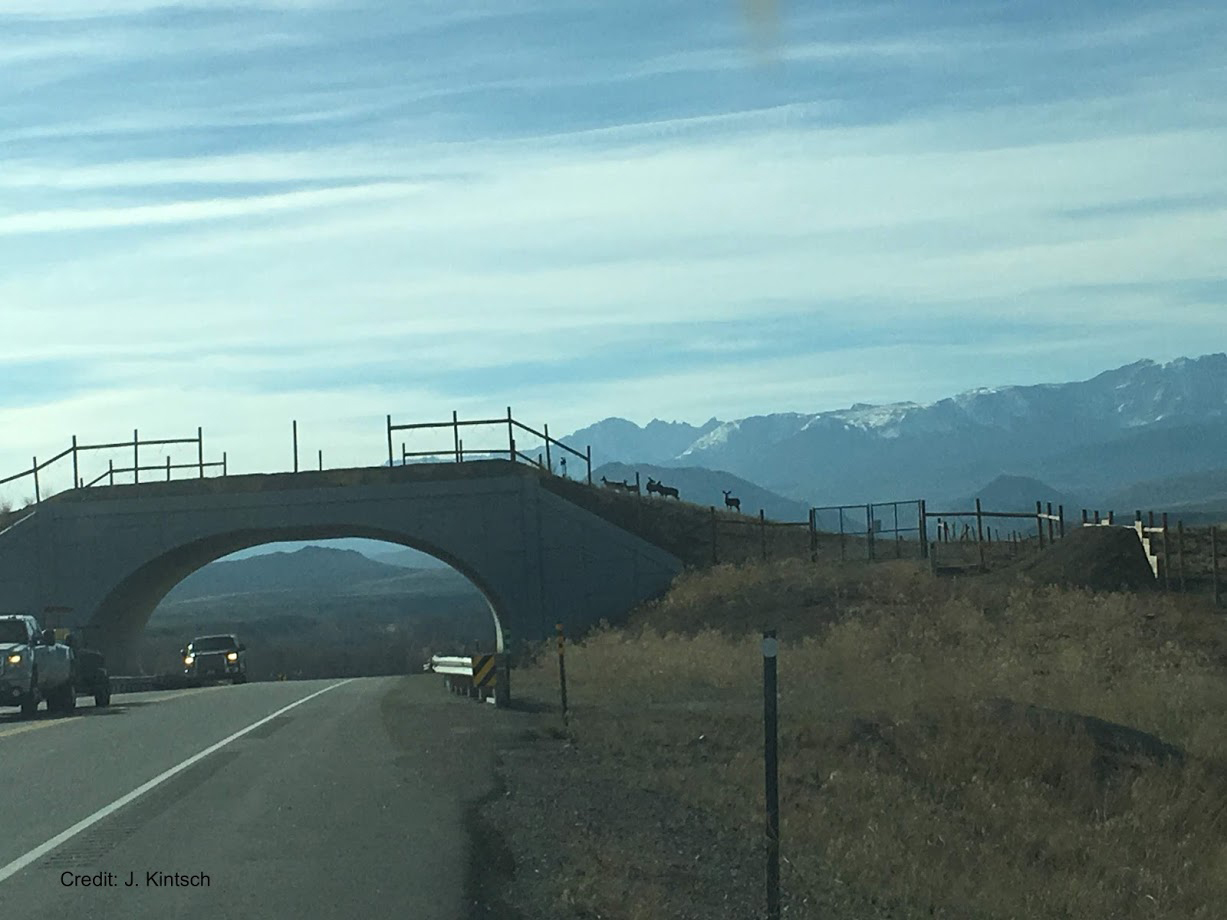
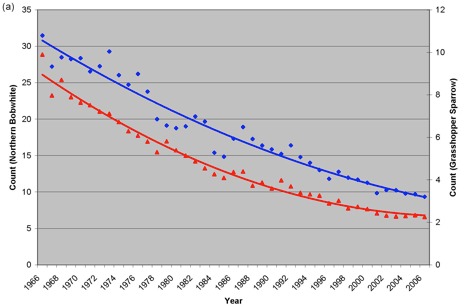
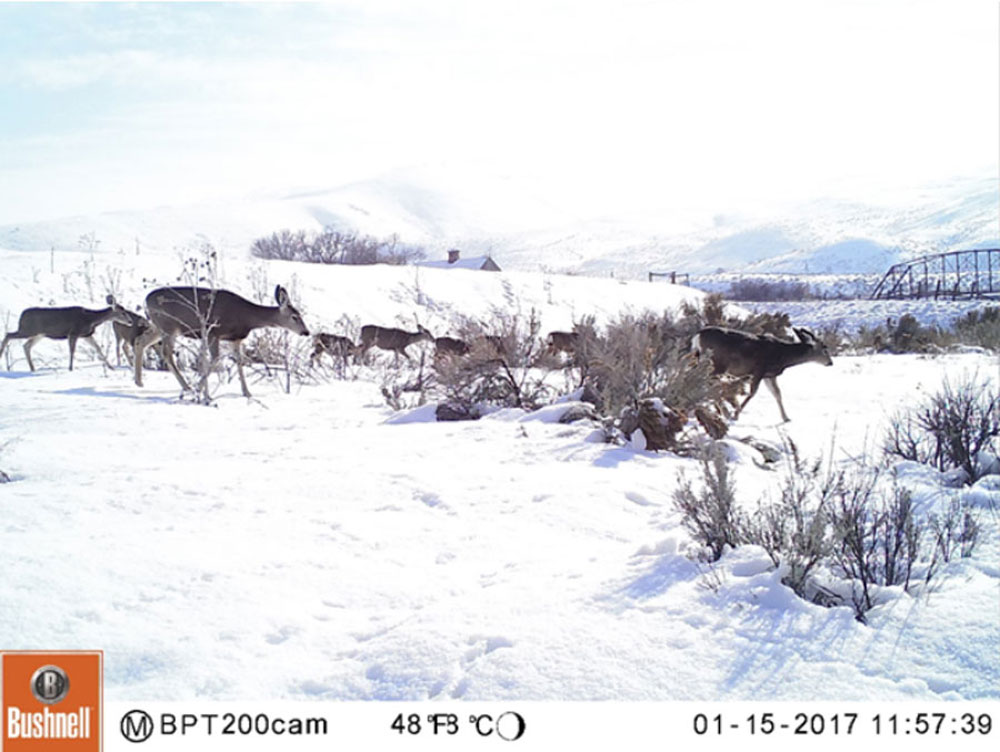
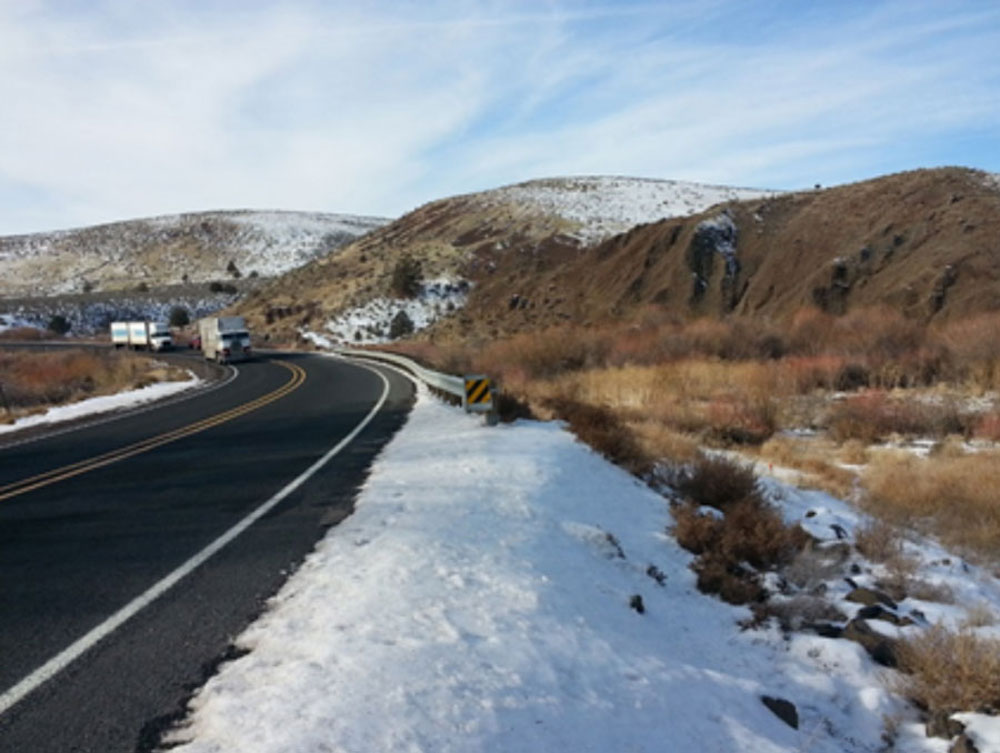

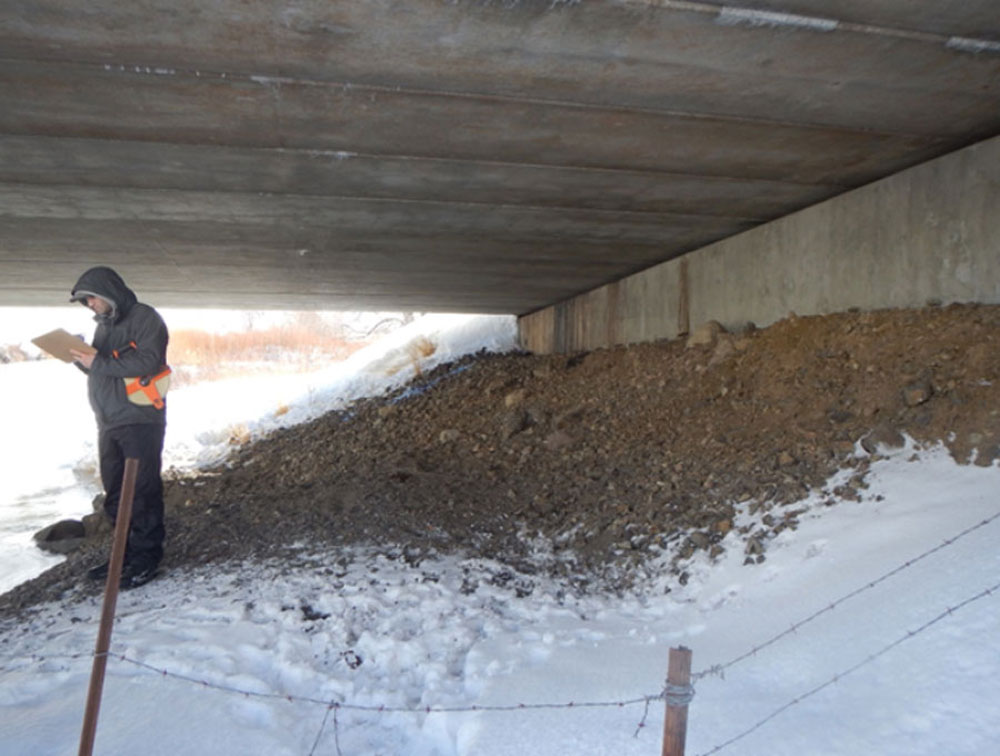




Those in trusted with OUR Nation’s Wildlife have squandered what they were paid to protect. We must continue to reverse the damages done and the harm they are tempted to exploit, Together we can preserve the Wonders of Our World.
Hello, make this the first step of many to be taken to stop what the current occupant of the Peoples House has been doing to the environment. I know you don’t support this. Thanks much.
Why doesn’t TRCP list the persons, groups and companies that are pushing to open the Tongass to development and likely ruin.
Ever since the environmental movement was co-opted by died in the wool Marxists, hunters, outdoors enthusiasts, and the people who live and work in the wilderness have all been put between a rock and a hard place. Those who claim to want to protect these places, are also trying to strip all of us of our Constitutional rights, as well as access to the wilderness, while those who claim to support our rights, see nothing wrong with turning the wilderness into tree plantations and parking lots. I’d be very interested to know exactly what Trump and Dunleavy talked about. I would suggest that in addition to comments to the Forestry Service, we should flood the White House inbox. Whitehouse.gov, scroll to the bottom, click on the email icon.